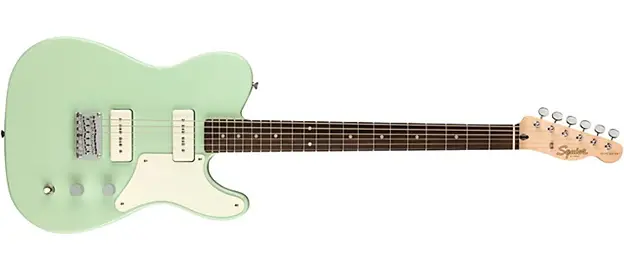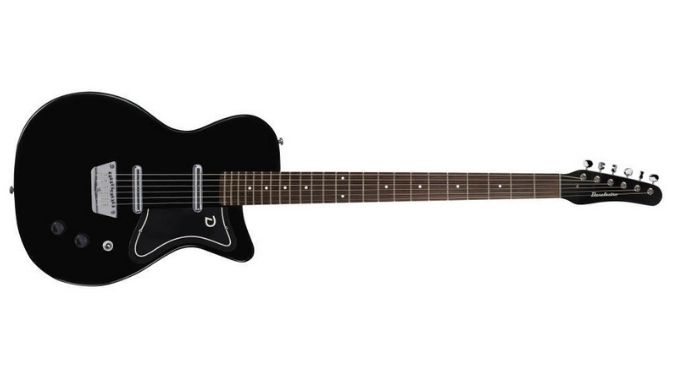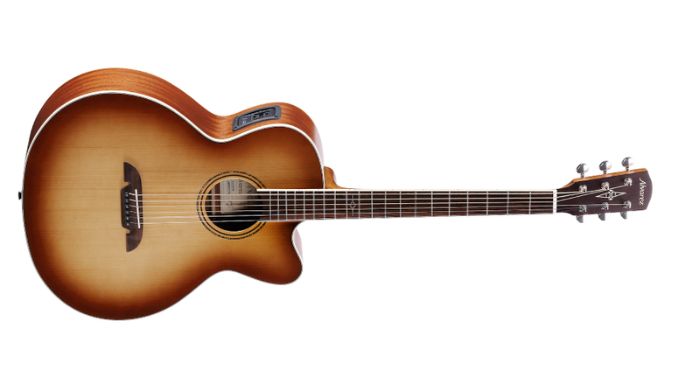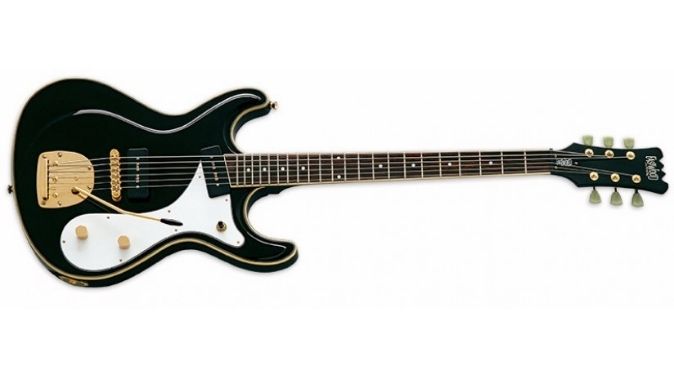The folks at Ernie Ball Music Man describe their instruments as ‘tools for artists’, and the John Petrucci BFR Baritone certainly lives up to that tagline. Discontinued in the early 2010s, a used John Petrucci BFR Baritone today will cost you somewhere north of $2,500. Assuming you’ve got the cash, is the instrument worth the price? In this article, we’ve explained three factors that should help you decide.
But before we dive in, let’s talk a little about the instrument’s makers and namesake.
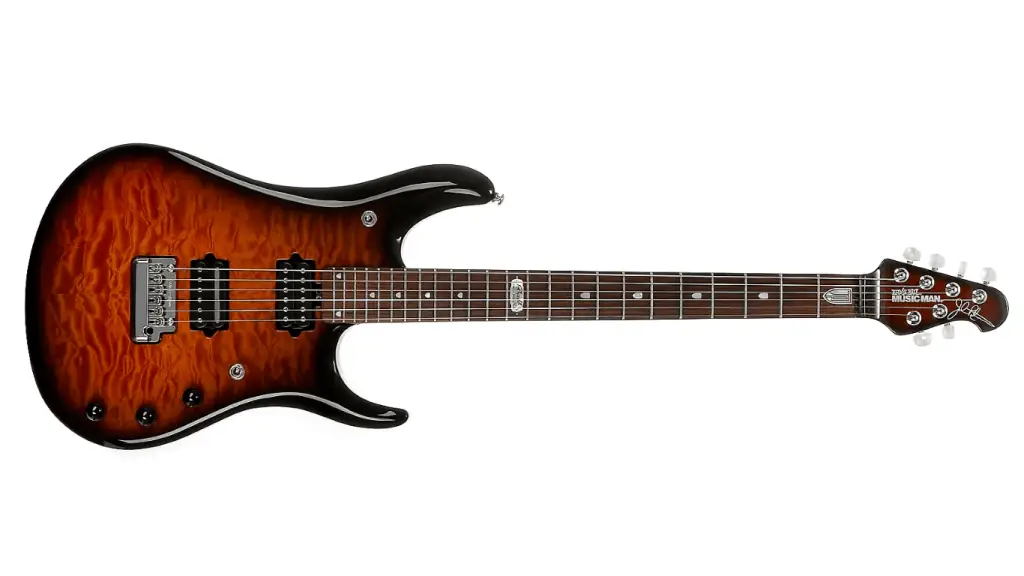
Ernie Ball, John Petrucci, and the Birth of a Unique Baritone
The Ernie Ball Music Man Company
Founded in 1974 and owned by the Ball family since 1984, Ernie Ball Music Man built their name on innovative features and player-driven design. Ernie Ball guitars have found their way into the hands of virtuoso guitarists like Edie Van Hallen and Steve Morse – and if you have ever played an Ernie Ball you can understand why. They feel like a perfect marriage of old school built-in-the USA craftsmanship and modern design.
John Petrucci and Dream Theater
The John Petrucci BFR Baritone features many examples of modern design and craftsmanship. It’s also a fitting homage to its namesake. Petrucci is the lead guitarist of Dream Theater, a progressive metal (aka. modern prog rock) band. If you are not familiar with Dream Theater, imagine your favorite metal band and then send all the members to a fancy music conservatory – that’s Dream Theater.
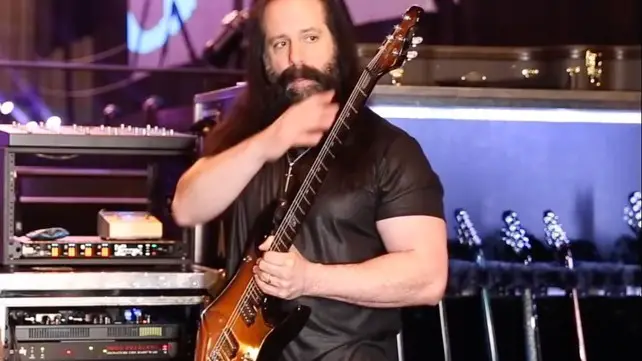
Petrucci’s songwriting and lead guitar playing are innovative, layered, and technical. As such, his signature Ernie Ball guitars (there have been over 20 distinct Petrucci models) all feature practical tools for expanding tonal capabilities.
For a taste of what the John Petrucci BFR Baritone can do (and a good example of Dream Theater’s music) check out this live performance of “These Walls.” The track starts slow, but quickly comes alive and showcases the Petruccie baritone nicely. To get a feel for how the Petrucci Baritone handles lead work, skip to 4:45.
3 Reasons to Consider Buying the John Petrucci BFR Baritone
Now that you have some context for the artist and the brand behind this baritone, let’s walk through the three reasons you should consider adding this rare axe to your arsenal
1. Playability
When it comes to playability, neck radius is an important factor in the overall feel of the instrument. Higher-radius guitars have a flatter fretboard. Lower-radius guitars feature a more rounded feel. The John Petrucci BFR Baritone features a 15-inch neck radius.
This will give you some of the flatter fretboard feel of a Jackson with just a hint of modern Fender feel. Indeed, many guitarists find that a 15-inch neck radius provides an ideal middle between a modern Strat and the wide/flat styling of brands like Ibanez.
A Comfortable Scale Length
Like all Ernie Ball Music Man guitars, the John Petrucci BFR Baritone features impeccable fretwork and a comfortable neck feel. At 27.5 inches in scale length, you will know you are playing a baritone and not a standard-length guitar. Your fret hand, however, will still feel free to explore the fretboard.
Lower than Your Average Baritone
Finally, The most amazing facet of the John Petrucci BFR Baritone’s playability is its functionality at lower tunings. Petrucci Baritones left the factory tuned to Bb. That’s half a step lower than the common B standard (AKA, perfect fourth or “B to B”) baritone tuning. When played live, John Petrucci tunes down another half step to A standard (AKA, perfect 5th tuning). Despite this ridiculously low tuning, the John Petrucci BFR Baritone delivers clear and crisp notes, even when playing lead lines.
2. Tone
The John Petrucci BFR Baritone offers unparalleled tonal versatility. The guitar delivers warm bell-like clean tones. With the gain cranked up, the Petrucci Baritone delivers distorted tones that are buttery smooth and blisteringly intense at the same time
The tonal pallet of the Petrucci Baritone might be described as part Les Paul and part high-end Ibanez. This is probably a result of the pairing of high-end Dimarzio pickups with a mix of alder and mahogany tonewoods and a maple top.
3. Tech
From push-pull nobs to dual instrument jacks, it’s hard to pack more tech into a guitar. The folks at Ernie Ball Music Man loaded the Petrucci BFR Baritone with tone sculpting features you won’t find on most guitars, let alone most other baritones. The tech features we’re talking about include:
- Piezo acoustic pickups: The Piezo pickups allow you to deliver authentic acoustic baritone tones. This tone can be delivered on its own or blended with the magnetic pickup output for some truly wild and beautiful tonal combinations.
- Active electronics: If you have ever adjusted the “tone” knob (or tone pot) on a standard guitar, you have probably been disappointed. Passive tone knobs have little functional use – they make your guitar sound crappy. The active tone controls on the Petrucci Baritone are the exact opposite of the useless knob experience. Ernie Ball Music Man’s active controls allow you to sculpt and contour your tone in real-time from your guitar. The ability to adjust treble and bass levels can be especially important when switching from magnetic to acoustic pickups – or when dealing with an obstinate and unskilled audio tech.
- Push-pull coil tap: One of my all-time favorite features to find on any guitar, a coil tap allows you to “tap” or “split” your humbucker pickups, transforming them into single coils. While pulling the knob into the “tapped” position won’t turn this prog-rock machine into a 59 Strat, it will give you a whole other world of single-coil tones from one baritone axe.
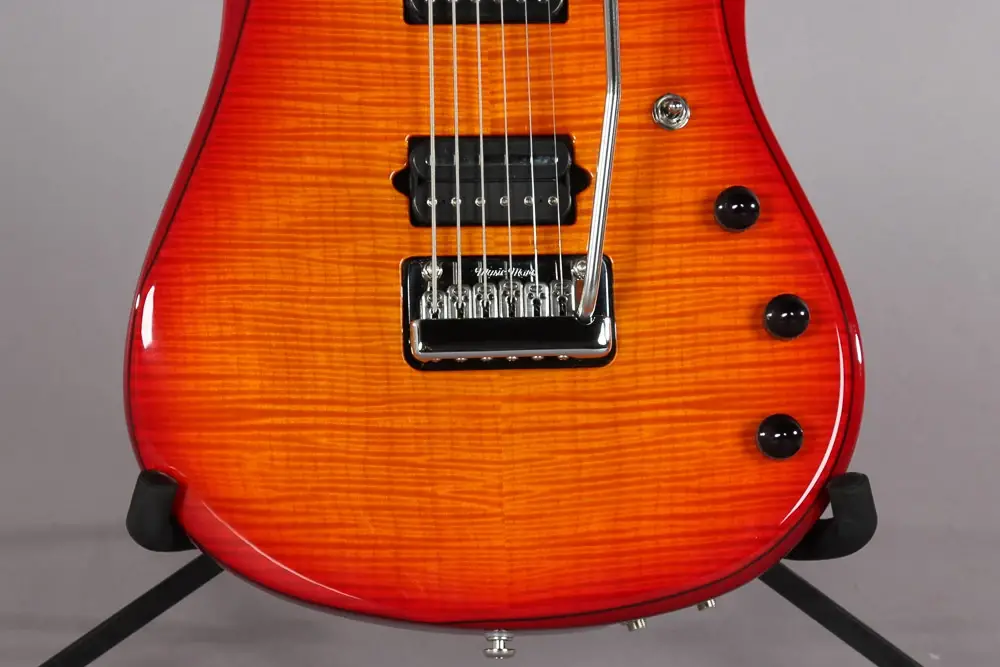
What’s not to like?… Price & Neck Finish
In my opinion, adding a shiny finish to a guitar neck is like putting truck tires on a Corvette – it just slows things down.
The John Petrucci BFR Baritone features a gloss-finished neck. This might be a matter of preference, but I think all serious guitars should have tung oil-finished necks. Tung oil allows for a fast and smooth feel with less friction. It also allows for a more natural wood feel under your palm. If you ever try a tung oil finish neck, you’ll never go back!
The second drawback of this axe is its sticker price. You can expect to pay upwards of $2500 for a used John Petrucci BFR Baritone. As a limited-run custom guitar, the hefty price tag is understandable (even reasonable). Still, it may be a bit pricey for many of us.
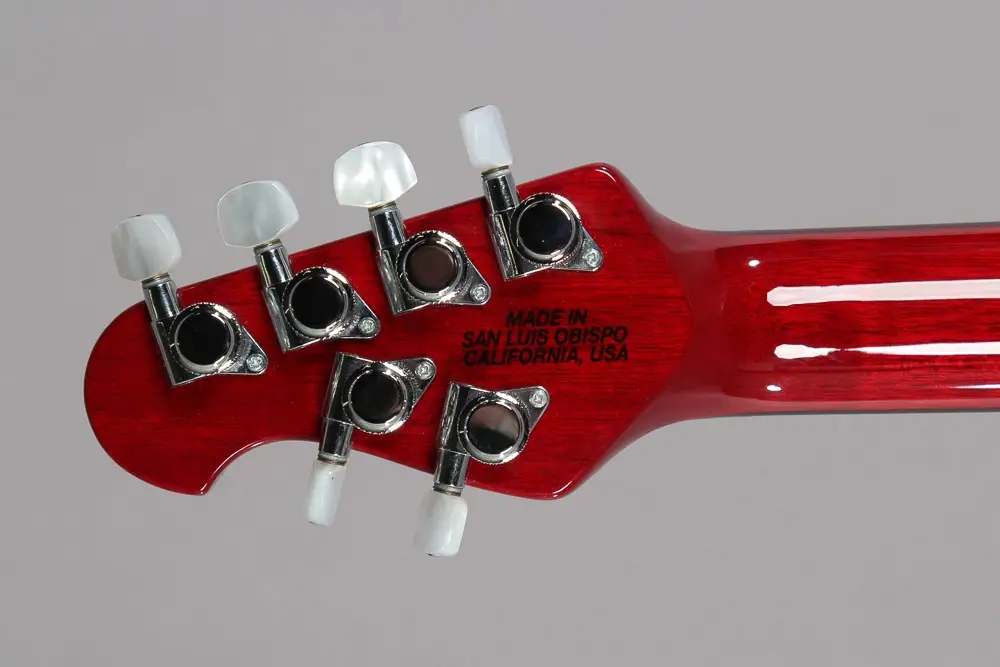
Conclusion
If you’ve got the cash (and if you manage to find one), the John Petrucci BFR Baritone might be the right baritone axe for you – especially if you want tricked-out specs and tech. If you want to spend even more money on a baritone (or if you just like drooling over expensive guitars) check out our post on the Paul Reed Smith Tremonti Baritone Limited Edition.
On the other hand, if your budget is somewhere south of $700, you might want to check out the Ibanez RGIB6 Baritone. It’s a great option for rock and metal players and may be the most playable baritone on the market for shred-minded artists.
Thanks for reading this review. If you enjoyed it, please check out our full list of electric baritone reviews!

